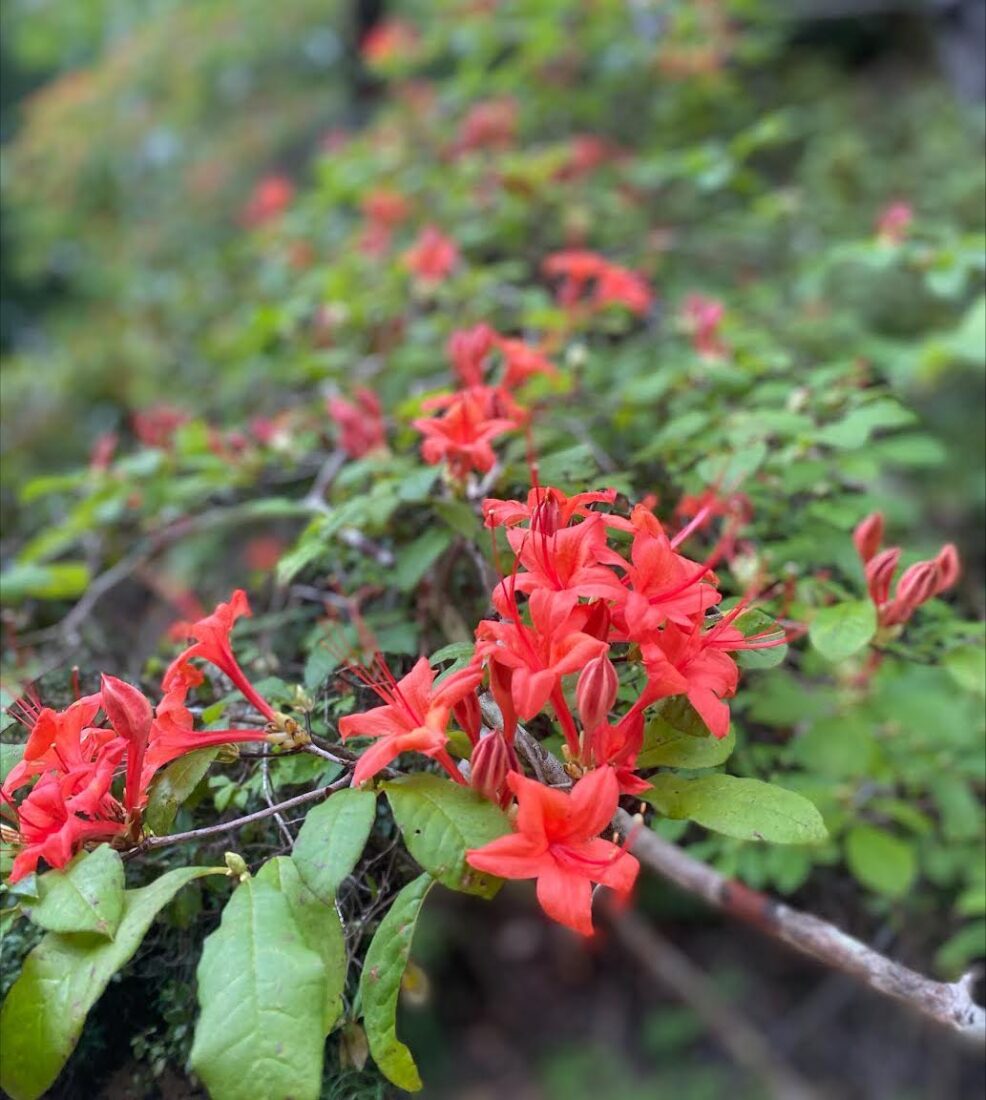Near the end of summer, the floor of Providence Canyon blazes deep scarlet when the plumleaf azalea—the rarest azalea in the eastern United States—bursts into fiery splendor. “It blooms after everything else is finished,” says Reba Bolton, an interpretive ranger at the canyon, part of a state park about an hour’s drive from Columbus. “It normally begins around July and goes through early fall. We have to stay on constant watch because once it starts blooming, the phones start blowing up.” Dubbed Georgia’s Little Grand Canyon, Providence formed in the late 1800s after farmers using unsustainable methods caused massive erosion. Today hikers meander along trails through the chasms and pinnacles that look like a painted desert—not at all like the rest of the Peach State. The plumleaf prefers a habitat so specific, it only grows in small pockets in Southwest Georgia and eastern Alabama. “It likes to be near creek beds and on steep ground with good drainage,” Bolton says. The canyon’s sandy, acidic soil is just right for the shrub, which can grow up to twenty feet tall. “We have other native azaleas like the piedmont azalea,” Bolton says. “People often get them confused and ask me if that’s the plumleaf and I say, no, it’s pink!” Take it from Bolton, you’ll know the bright red plumleaf when you see it. gastateparks.org/providencecanyon
— Caroline Sanders Clements


